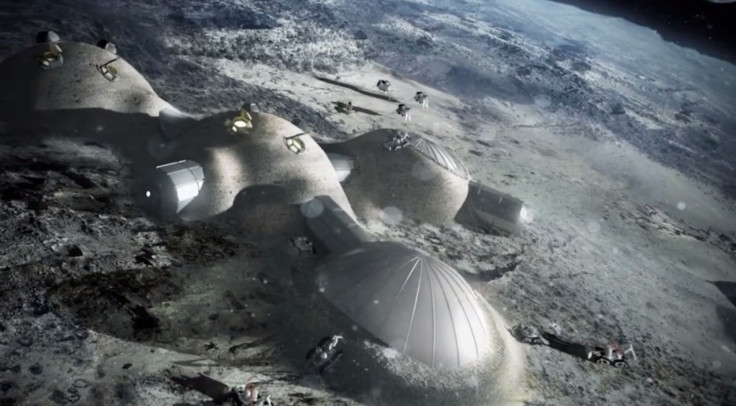Return to the Moon: ESA to send astronauts to lunar surface before 2030

The European Space Agency is planning to "return humans" to the moon by 2030, with hopes of getting access to the lunar surface in 2020. The ESA announced further details of its moon mission in a blog post about its future plans.
"A lunar adventure is rising over Europe's exploration horizon. ESA is teaming up with international partners to return humans to Earth's natural satellite by the end of the next decade," it said in a statement. The space agency said it wants to move away from "one-shot orbital missions" and have humans work with robots to explore the polar regions.
Initially, it wants humans to explore the moon by controlling robots from orbit – with robots landing first then paving the way for astronauts. "Lunar rovers, telerobotics and hybrid surface power are some of the innovative approaches that are being developed to support these early missions," it said. It plans to access the surface of the moon in 2020, landing the Russian Luna 27 near the south pole.
This of the moon are largely unknown to scientists and the ESA notes exploring them could yield valuable insights into how life began on Earth, as well as providing an opportunity to look for valuable resources.
"Relying on the success of the International Space Station partnership, the space community sees the Moon as a springboard to continue human exploration of the Solar System, with Mars as the next goal," it said. "One driver of this renewed interest in the Moon is the hunt for lunar resources. Scientists and engineers are looking in particular for frozen volatiles – including water ice – known to be concealed within permanent shadows at the lunar poles."
Further details of the manned mission to the moon were not released but in 2015, Jan Woerner, ESA director general, said they hope to build a village on the lunar surface, called Lunarville. "The construction of a station on the moon would trigger a huge surge of technological innovation on Earth," he said. "The back side of the Moon, which we can't see from Earth, would provide the best conditions for research where telescopes could be set up to have an undisturbed view into the depths of space.
"At the start, construction materials and food would take priority. Later it would be possible to produce water from hydrogen. Crops could be grown in greenhouses. Researchers would remain for several months at a time. A permanent shuttle service needs to be established in the case of medical emergencies."
In 2014, the ESA also announced it had successfully proved the feasibility of creating a lunar base with 3D printing. It investigated the idea of using a 3D printing robot to create semi-spherical structures on the moon's surface.
"3D printing offers a potential means of facilitating lunar settlement with reduced logistics from Earth," said Scott Hovland of ESA's human spaceflight team. "The new possibilities this work opens up can then be considered by international space agencies as part of the current development of a common exploration strategy."
© Copyright IBTimes 2025. All rights reserved.






















